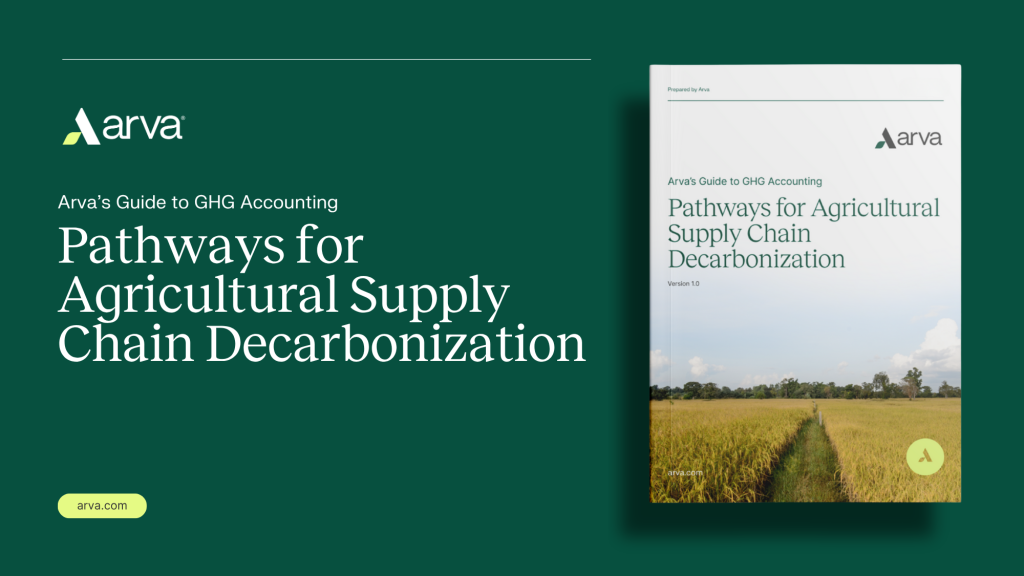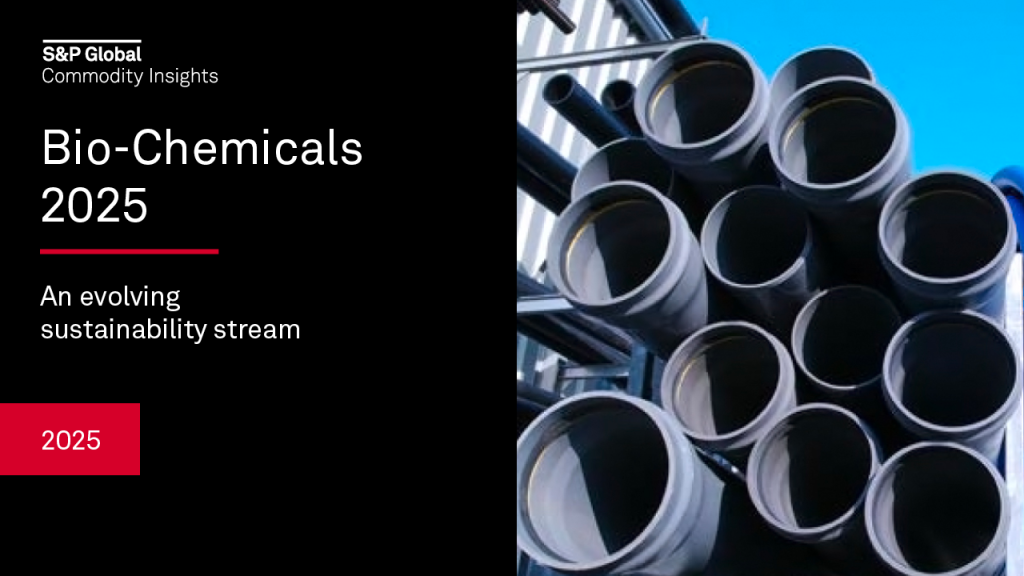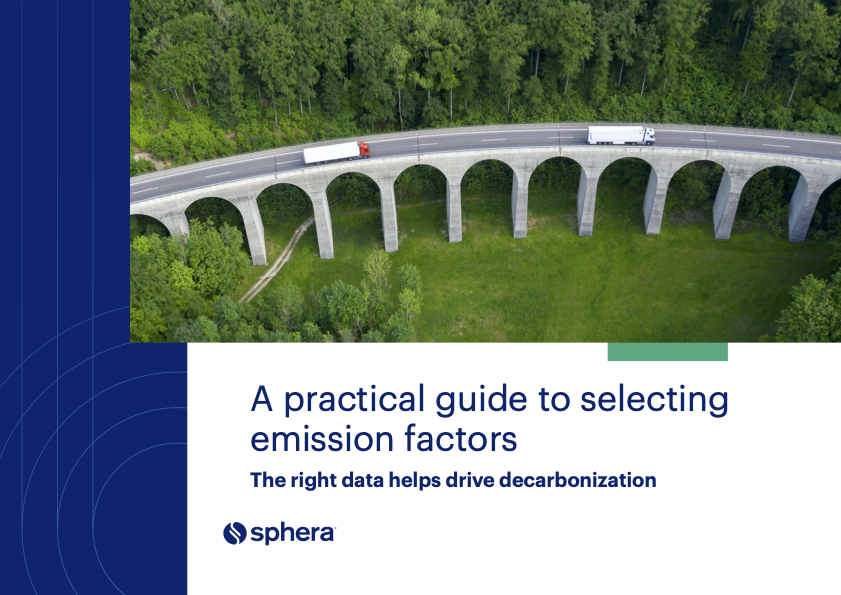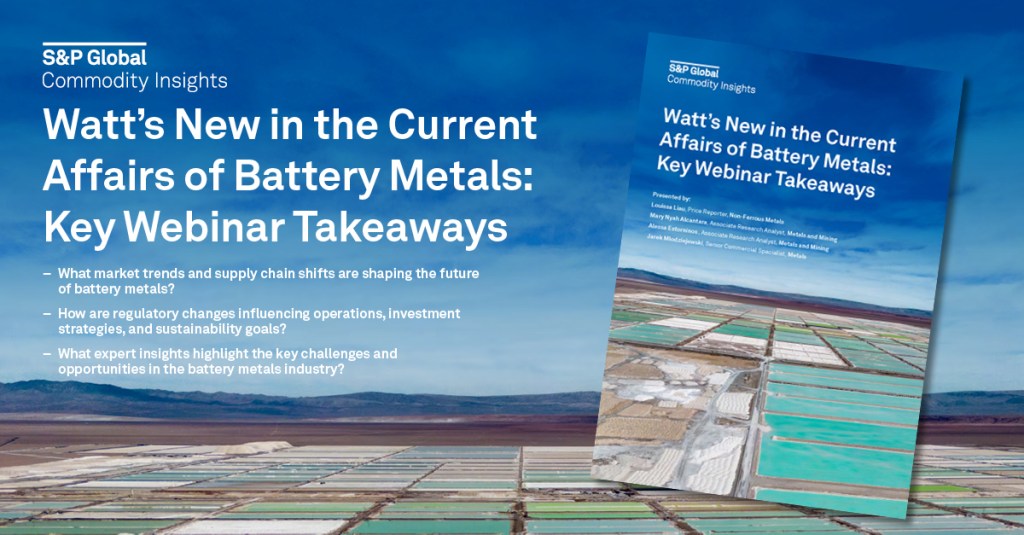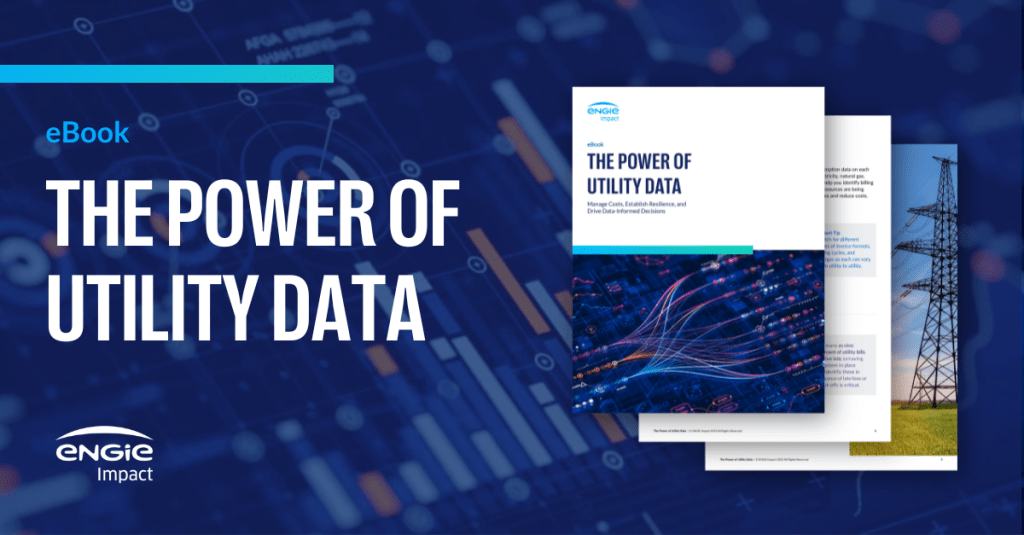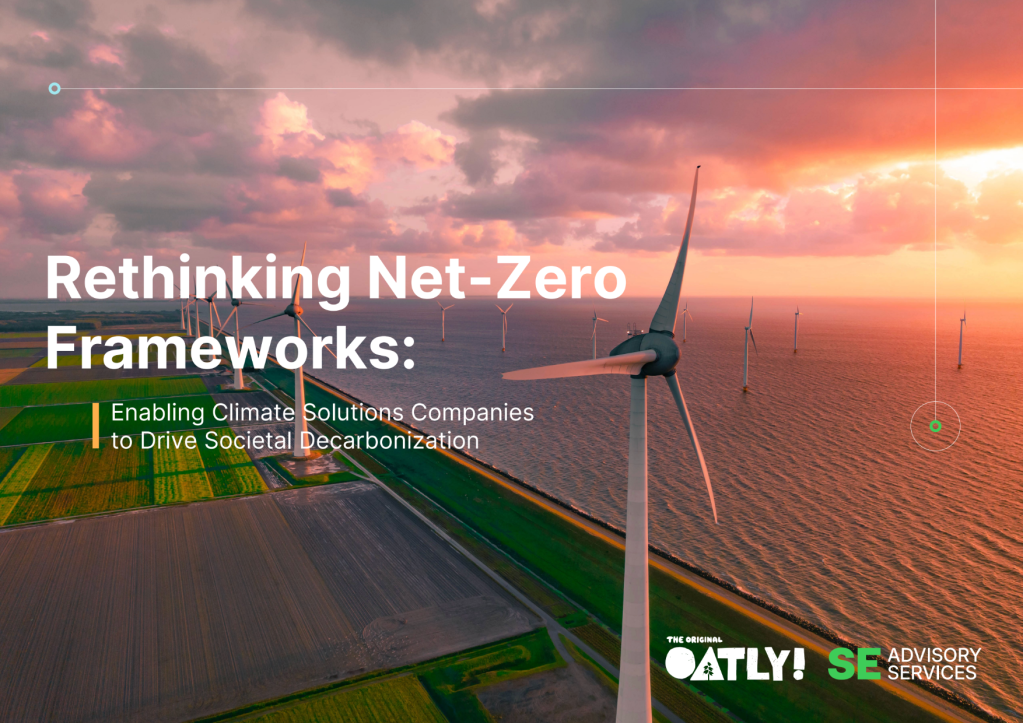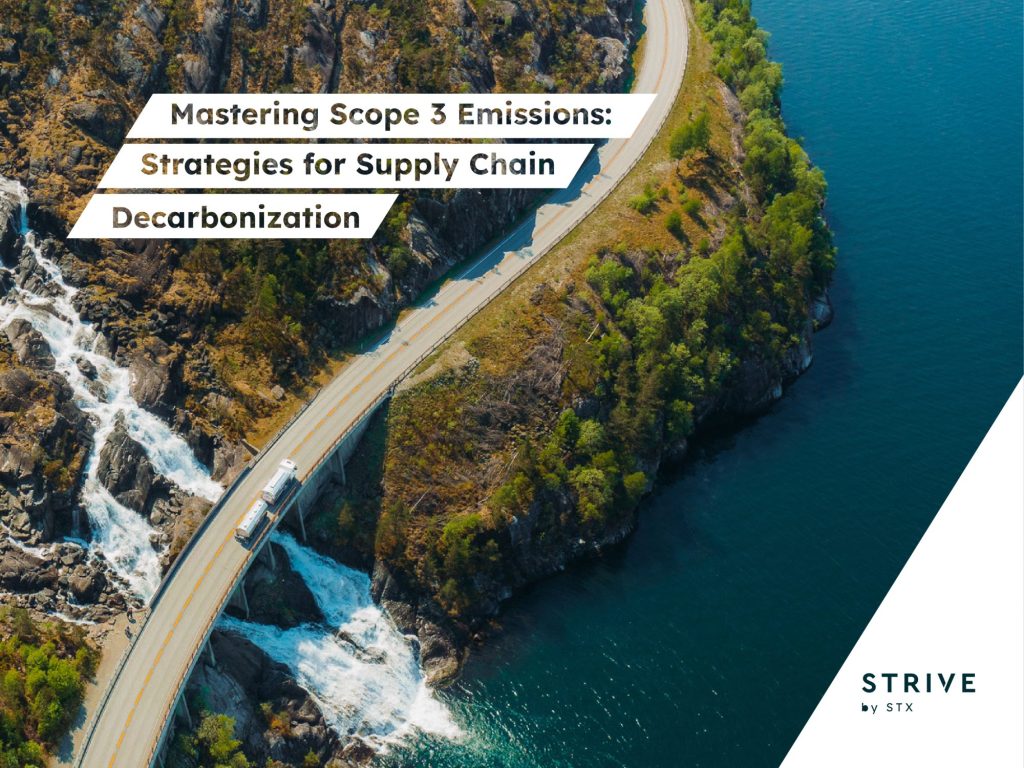Deep sea mining carries biodiversity and financial risks. Here’s what companies should know
The International Seabed Authority has issued 31 contracts permitting exploration of seabed mineral resources but hasn't approved commercial exploitation. Read More

The impacts of mineral extraction on the ocean floor outweigh the benefits, according to recent studies.
More than 30 countries and 55 major companies including BMW, Google and Patagonia are calling on the International Seabed Authority (ISA) to enact a moratorium on deep sea mining. That attention seems to be working. At an ISA Assembly gathering that ended in early August, the authority’s pro-mining secretary general was ousted, and authorization for commercial seabed mining was delayed again.
Many companies involved in the clean energy transition or that need the raw materials found in deep oceans are watching these developments and mulling how to respond. Here are the main things for sustainability professionals and business leaders to consider.
Deep sea mining has been marketed as a clean economy accelerator
ISA is tasked with regulating deep-sea mining beyond countries’ territorial waters. The authority has issued 31 contracts permitting exploration of seabed mineral resources. So far, no contractors have been permitted to extract these resources for commercial exploitation.
Over 60 percent of the contracts are specific to polymetallic nodules, potato-shaped mineral deposits on the ocean floor. They contain high concentrations of copper, cobalt, nickel and manganese, all in high demand for the clean energy transition. The minerals and metals are used for solar panels, wind farms, and batteries for laptops, phones and electric vehicles, among other applications.
To collect these nodules, remote-controlled 90-ton machines plow the ocean floor, sucking up a mineral-sediment mixture and pumping it through hoses to the surface. Once collected, the minerals are separated from the sediment and cleaned, and a slurry of sediment-rich wastewater and toxic heavy metals is discharged into the ocean.
Deep-sea mining has been touted as a clean economy accelerator and “an $8 trillion opportunity.” That promise overlooks the nature-related risks of exploiting this mostly unexplored ecosystem.
Deep sea mining will create a new class of biodiversity impacts
Once believed to be devoid of life, the deep ocean harbors 500,000 to 100 million species, a recent study estimates. It is home to extraordinary and bizarre life forms, including 4,000-year-old corals and 11,000-year-old sea sponges, some of the oldest living things on Earth. This level of biodiversity is comparable to tropical rainforests and coral reefs.
- Habitat destruction: As the primary substrate on the seafloor, polymetallic nodules create habitat for other organisms. The physical extraction of a nodule kills the community of species that rely on it. For example, deep-sea stalked sponges exist solely on manganese nodules, and the white “Casper” octopus has been found to lay eggs on those sponges.
- Noise and light pollution: The deep sea is home to organisms that live in the absence of sunlight and rely solely on sound to navigate, communicate, find mating partners, locate food and detect predators and other dangers. Light pollution affects species adapted to dark environments, leading to blindness and disruptions in bioluminescence, such as with deep-sea vent shrimp. Noise from machinery can travel about 500 kilometers, disturbing vital communication for animals far beyond the mining location, including endangered migratory whales.
- Sediment plumes and toxins: The toxic sediment plumes created by ocean mining have been shown to suffocate, starve and poison marine life. A small-scale, two-hour mining experiment on the Takuyo-Daiichi Seamount off the eastern coast of Japan caused fish and shrimp populations to drop by 43 percent in the immediate mining area and 56 percent in surrounding areas up to 150 meters away.
The financial risks of deep sea mining likely outweigh the benefits
A recent Planet Tracker report estimates that mining polymetallic nodules in international waters would destroy at least half a trillion dollars in value. According to this model, capital goods (specifically subsea mining equipment) is the only sector that will profit, while the following incur losses:
- The deep sea mining and processing industry
- Fisheries
- The terrestrial mining sector
- Ecosystem services, through the destruction of natural capital
The largest costs are due to the destruction of natural capital, the natural resources used in the production of goods and services. While it’s difficult to measure the value of ecosystem services, we have historically undervalued nature to our detriment. In addition, Planet Tracker’s model predicted an annual loss of 2 percent for deep sea mining investors, on average, over the next two decades. This estimate assumes no liabilities for environmental damage caused during mining.
Deep sea mining is counterproductive to recent progress in corporate sustainability
History shows that if a resource can be exploited, humans will find a way to exploit it. The above considerations indicate that deep sea mining brings on a whole new set of risks and impacts for companies with climate and sustainability goals that are beginning to reckon with their existing nature-related impacts and dependencies.
In its latest guidance, the Taskforce on Nature-Related Financial Disclosures identifies “disruption to finance as a result of exclusions on deep sea mining” as a transition risk for companies to be aware of. The suggested action is simple: Avoid deep sea mining as an activity.
In the rush to find technological solutions to climate change, it often seems that the potential impacts to biodiversity and ocean health are brushed off as slight inconveniences. A timely response from corporations and financial institutions that are already under intense pressure to meet climate and nature targets seems to have turned the tide, for the moment, on deep sea mining.

Subscribe to Trellis Briefing
Featured Reports

